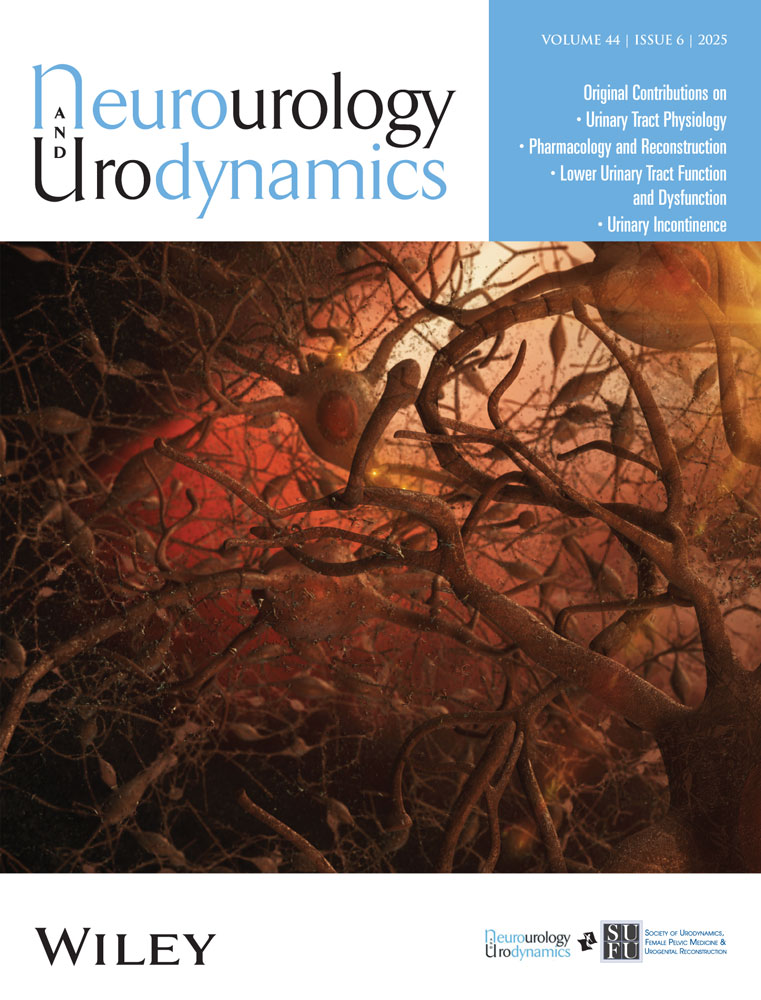Similarities and differences in female and male rat voiding
Abstract
We measured in adult rats, under anaesthesia, bladder pressure by transvesical cystometry and flow rate by an ultrasound transducer in the distal urethra. The urinary flow was discontinuous in both sexes. No difference between the sexes in bladder pressure oscillations or in non-oscillatory voiding was found but during the oscillatory activity there was a difference in the relationship between bladder pressure and urinary flow. In the female, the bladder pressure decreased when the flow started and increased when the flow decreased resembling species whose urinary flow is continuous. Basically the flow was stable but it was divided into periods of variable duration by full or partial closure of urethral sphincter. In the male rat, the oscillatory flow consisted of short, fast spikes occurring just before the bladder pressure reached the maximum, after which the flow spike decreased slowly. Overall, no differences were seen in bladder pressure data between the genders. However, the maximal flow rate was lower and micturition time was shorter in female rats. When we recorded occasionally occurring micturitions without high-frequency oscillations of intraluminal pressure (IPHFOs) (non-oscillatory voiding), no differences between the genders were seen. The difference during oscillatory voiding between male and female rat can be understood against anatomical and hormonal backgrounds, and by the relative role of rhabdosphincter, which did not activate during non-oscillatory voidings when no differences were detected. Neurourol. Urodynam. 21:136–141, 2002. © 2002 Wiley-Liss, Inc.




